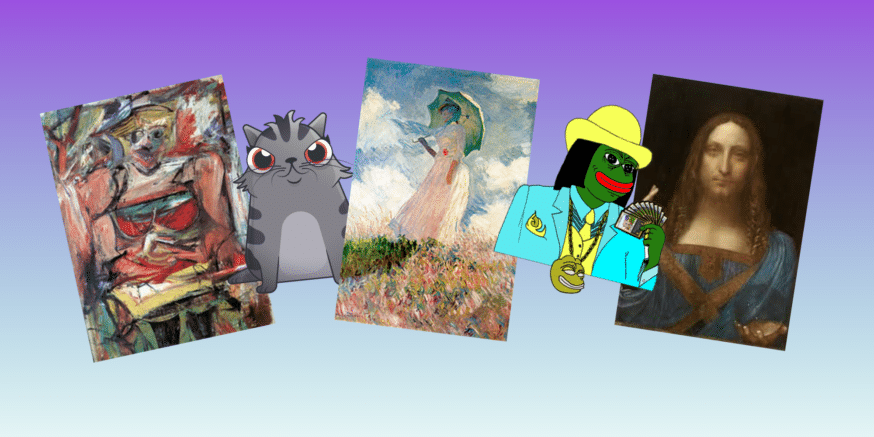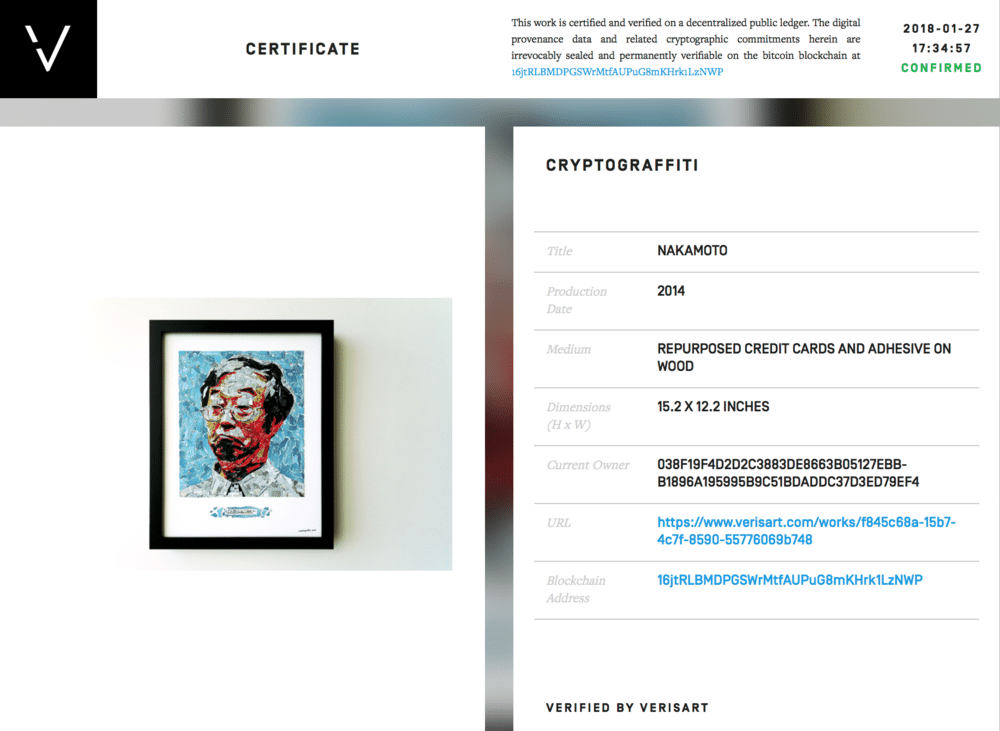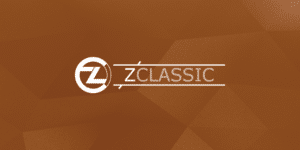- Blockchain Art Provenance
- Digital Art
- Blockchain & Photography
- Tokenization & Certification
- Blockchain Art Companies
- Conclusion
In the early days of art, a painting had value because it was the only image of its kind in the world. If you wanted to replicate an image, you’d have to hire a painter to recreate the original, and even then it wouldn’t be the same. But with the advent of the camera and now digital imaging, copying art has become trivial. A new level of forgery also exists. This makes blockchain art provenance a promising field.
In the digital age, the challenge for art is copying. First, the camera made it possible to reproduce prints of any painting. Now, the internet has taken this to a new level. It’s trivial to do a Google image search and have a high-resolution version of your favorite painting or photograph without paying the artist a dime. Even physical artwork, like a painting, can be painstakingly reproduced from images online.
For collectors, this is problematic when they want to buy a new piece of art. How can they be sure the art is original? Blockchain art provenance promises to tokenize art ownership, making it possible to certify that you’re the valid owner of a piece of art. You can also transfer that certificate token when you sell the piece, meaning the new owner is now the sole holder of the original artwork.
This doesn’t have to just apply to traditional art. Blockchain also opens doors in digital art and photography where artists create works that are meant to be displayed on a screen. In digital art, copying and pirating are rampant. However, a digital artist could sell tokenized, certified art to mitigate the effects of forgery and prove the true owners of original, artist-sanctioned pieces.
Blockchain Art Provenance

The problem is this provenance documentation can be forged or counterfeited fairly easily, especially in the absence of a central shared record. When auction houses want to verify the authenticity of a piece of art, they research the provenance documentation. They also usually commission an outside expert appraiser to evaluate the authenticity of the piece. Fake art has fooled appraisers many times.
Blockchain art provenance aims to solve this issue. Today, multiple companies are working on creating a digital database of the world’s art and owners. These owners then have public and private keys to prove ownership of an original work.
Blockchain art provenance could fundamentally change the way the art world operates, making it easier to certify that a piece is the real deal. Moreover, you’d be able to track the ownership history of the piece over time on a transparent public ledger.
Digital Art
Rare Pepes and Cryptokitties have been cited as the first pieces of blockchain art. While some might consider these collectibles far from art, they do bear some of the characteristics of digital artwork. They’re unique, interesting, and therefore valuable.
The same tokenized blockchain technology behind Cryptokitties and Rare Pepes could power similar digital art ownership. An artist could sell one true, certified copy of the artwork to a buyer who can then prove that his/her file is the original. Alternatively, an artist could do a limited run of prints, creating only 100 certified copies, for instance.
This is a game changer for digital art, an industry where it’s notoriously hard to control the dissemination of files and images.
[thrive_leads id=’5219′]
Blockchain & Photography
Another type of digital art is photography. Again here, the blockchain art transition could prove useful in many of the same ways that it applies to digital art. After all, most photography already begins and ends digitally. We rarely print photographs anymore. Photography is also a flat medium that lends itself well to viewing on a screen. With new high-definition monitors and displays, viewing a high-definition print versus viewing the same thing on a high-def screen is not so different any longer.
One potential application of blockchain is to use the contents of the art ownership token to encrypt the image file. Then, the token would serve as your key to access the file. Lose the token and you’d be unable to decrypt the file. Of course, as soon as you take a screenshot or print the file then the rules of tokenized certification no longer apply to the file itself. However, you’d still own the digital token that certifies your file as original.
Tokenization & Certification
The challenge of the blockchain art market is two-fold.
First, the technical hurdles aren’t that difficult to overcome. You’d need a specially designed token for the art pieces, but you could create it as an ERC-20 coin. That token would then be easily tradable. When someone buys a piece of art, you’d transfer the token to their public address, effectively transferring ownership of the piece.
Second, the question of who can certify a piece of art as legitimate is more difficult. Obviously, artists should be able to certify their own pieces. If, however, you wanted to certify all past pieces of art in your blockchain database, then you’d need to establish ground rules for when an art piece is certified.
Blockchain Art Companies
There are a couple companies already working on the challenge of blockchain art.
Verisart’s goal is to certify and verify physical artwork. They’ve been in operation for several years now with a certification solution for existing art pieces and new pieces from artists.
DADA.nyc allows users to buy limited-edition digital artworks with IP protection and proof of ownership. They work directly with artists to list digital art for purchase directly on their website.
Ascribe works with artists to assign each piece a unique cryptographic ID. Its complete history is available on the blockchain to track attribution and where the artwork spreads.
Monegraph applies generally to any “creative works.” Artists submit the URL of their digital creations, and the information gets stored on the Bitcoin blockchain.
Archetype.mx is focused on the meme economy but anyone could use it to tokenize any type of art or asset. They haven’t launched yet.
People consider Cryptokitties or Rare Pepes as art. At the very least they demonstrate the feasibility of certification and the demand for unique digital assets.
Conclusion
Whether art means the Mona Lisa or Rare Pepes to you doesn’t really matter. The larger story is that blockchain makes certifying and tokenizing unique digital assets possible. As a result, those assets get easier to track and trade. Consequently, we’re entering a new era of art where what art is and what makes a piece valuable will be an open question for debate over the coming years.
Never Miss Another Opportunity! Get hand selected news & info from our Crypto Experts so you can make educated, informed decisions that directly affect your crypto profits. Subscribe to CoinCentral free newsletter now.












